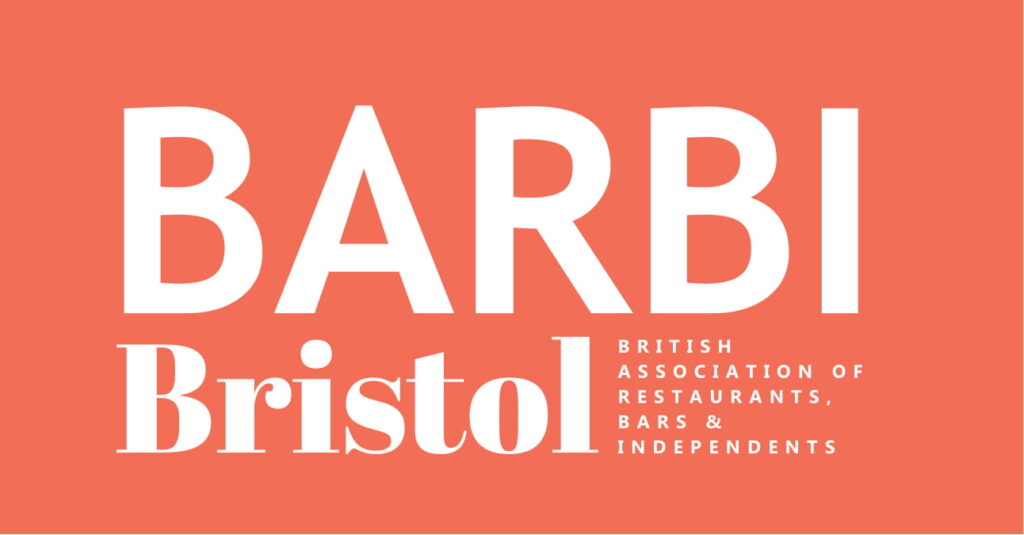Read expert advice on reinstatement values from Graham Bennett, Managing Director of specialist Chartered Surveyors Bennett Kaye Commercial.
What is underinsurance?
Underinsurance is a major obstacle standing in the way of a full recovery from a serious loss.
You might think there won’t be a problem. You’re using the best broker. You’re paying for checks on the roof and electrics and getting fire extinguishers serviced. You have a health and safety policy and a fire risk assessment and have great alarms and locks on your doors. You’ve even asked your accountant for a valuation and he’s told you the official figure on the balance sheet. This is the figure your broker has used.
You might be surprised, therefore, to find out you might still be underinsured. Let’s say a fire causes £200,000 of damage to your nightclub and the loss adjuster says you are only 50% insured. In this case, the insurer will only pay out £100,000. So the £100,000 you have put aside for a rainy day will have to go towards a new roof! To make matters seem worse, the nightclub is insured for £800,000… four times more than the damage the fire has caused.
In this case you have underestimated the reinstatement value. The insurance loss adjuster carried out their own valuation and arrived at a figure of £1.6m, double the reinstatement value you have declared.
The insurance loss adjuster is correctly applying the “average clause” that forms part of all insurance policies.
What is the “average clause”?
Put simply, if your property is insured for less than it would actually cost to rebuild it, you will not pay a proper fair premium. Your insurer will therefore pay out only a percentage of your claim. This means you’ll have to pay the remainder.
As you’ve only insured part of your property so you won’t get it all back. If you paid a garage for three tyres, would you expect them to fit your car with four?
How to avoid underinsurance
You must set accurate reinstatement values, but in order to do so it is vital that all parties take on board what reinstatement value actually mean.
Firstly it must never be mistaken for the worth of your venue. If your premises is new build, the reinstatement value is reasonably easy to assess but nightclubs typically spring up in buildings that have become redundant for their original use…..they might be former chapels, cinemas, warehouses, even factories or all manner of industrial buildings.
Night-time venues are often very substantial quirky structures that are great for use as a nightclub, bar or pub, but perhaps not much more. They may be “listed buildings”. Often they can be acquired very cheaply, because the general market has little use for them. But insurance values are not connected to the market value. A damp old church building that only cost £100,000 might cost well in excess of £2m to re-build. If you insure it for what you paid for it, you are in for an unpleasant surprise if you have a serious insurance claim.
What about listed buildings?
The situation could be worse if it’s a “listed building”, because it might be three years before you get permission to lay a brick. It’s not easy running a nightclub for three years if it has no roof, so the length of the indemnity period should be considered very carefully.
How to correctly set the reinstatement value
When you sit down with your insurance broker one of the questions to answer will be along the lines of: “how much do you want us to insure the building for?” The correct answer is definitely not what is shown on the balance sheet. This a depreciated accountancy figure that must not be relied upon. The answer is also not what you paid for the building and is never, ever, what you could sell it for.
The reinstatement value of your venue is literally the theoretical cost of re-building your club to the same size and specification as the existing building. If your club is 20,000 square feet, built of stone with a slate roof the reinstatement value must be on the assumption that it would be re-built in the same way. That is what the insurer is contracted to do and why there are serious business threatening penalties if the premium paid and the “Declared Value” is set too low.
Think of reconstructing a replica of everything you have
This includes any private access roads, car parks, boundary walls, gates and fences, patio areas, outbuildings and the principal building. You must allow for permanent fixtures such as bars, fixed seating, the stage, lifts and any other permanent fixtures. If your nightclub has fixtures that could not, or would not, be replaced you should bring this to the attention of your insurance broker. They may be able to speak to underwriters and provide a bespoke policy, but this may not be appropriate in the case of a listed building. You must factor in an allowance for demolition and site clearance costs and for professional architects and surveyors fees. When all this is done properly it is not unusual to find that a seemingly worthless building would cost ten times more to reinstate than it cost to buy.
The penalties for getting this part of your insurance wrong can be extremely serious. In the event of a major loss there is a severe risk that the nightclub may not recover. If you have any doubts about the accuracy of the figures you have provided to your insurers, you should take urgent professional advice.
Contact the NDML if you’d like to chat to one of our experts further about reinstatement values.







